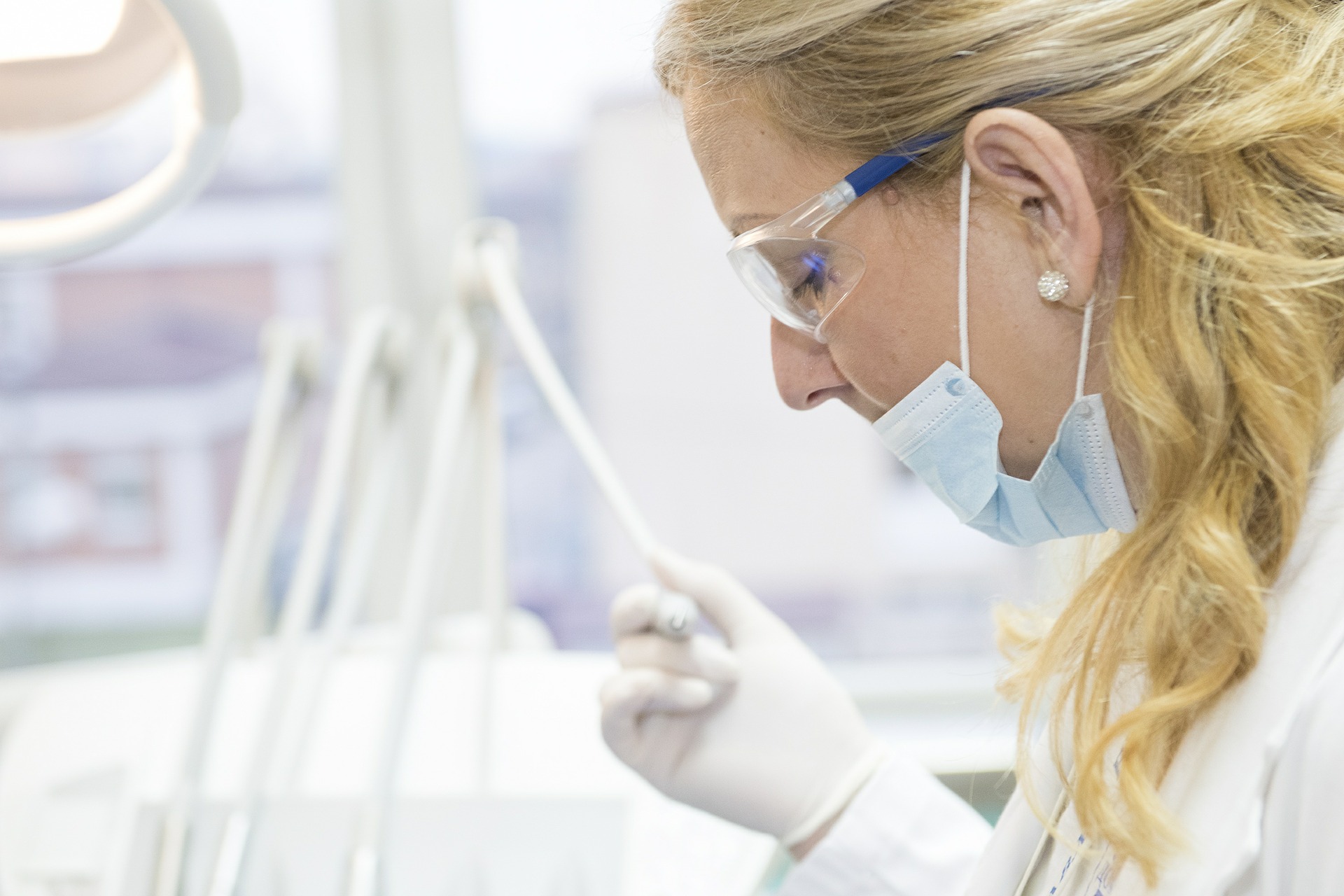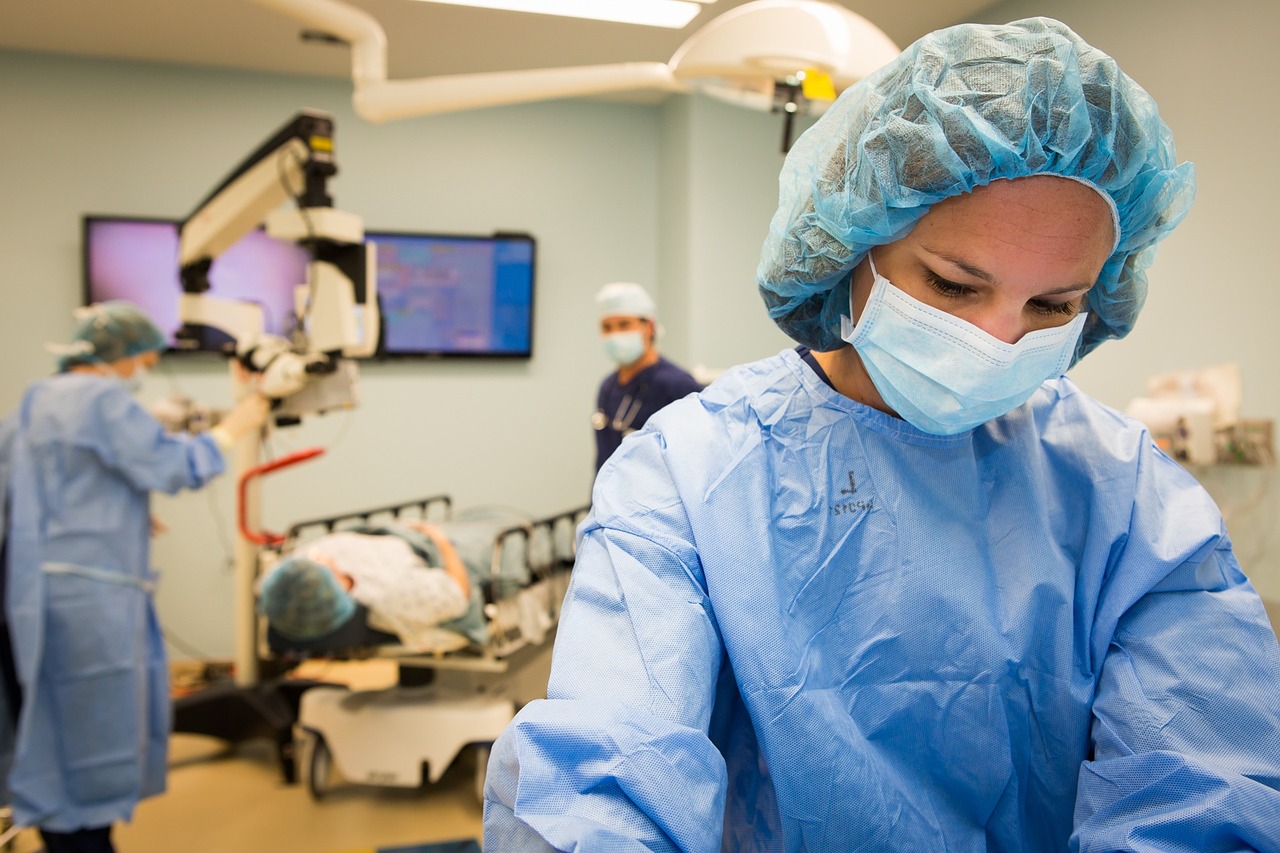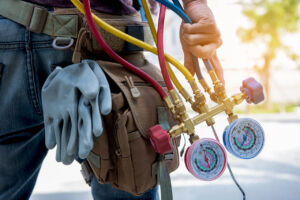Careers in healthcare are plentiful, but telling the roles apart is challenging. Two of the most popular job descriptions, medical assistant, and vocational nurse, are similar yet different. Both are rewarding careers in a growing field with enviable benefits, but which is right for you? Let’s compare their responsibilities.
Why Do People Choose the Healthcare Industry?
The reasons for working in healthcare range from personal to practical. You’ll thrive as a medical assistant or a vocational nurse if:
Health and Wellness Excite You
Nothing is more suffocating than a job that doesn’t appeal to your interests. However, if you enjoy science and medicine, a career in healthcare promises excitement every day. You’ll have a front-row seat to the latest advances, working with cutting-edge technology to help your patients.
You’re Compassion-Driven
The purpose of healthcare is to alleviate suffering. It’s the very definition of compassion. More than a job, it’s a mission. If you feel moved to help others in need, look no further than the medical field.
There’s No Work Like Teamwork
Healthcare is a team effort. Outcomes are best when everyone works together. Vocational nurses and medical assistants are both part of multidisciplinary teams dedicated to patient care. It’s a supportive environment in which your input is welcomed and valued.
You Like to Stay Busy
You’ll never be bored in a healthcare setting. You’ll be busy but not overwhelmed, and the sense of accomplishment is tangible.
What Does a Medical Assistant Do?
Medical assistants handle clinical and administrative tasks in healthcare settings from doctor’s offices to hospitals. Their responsibilities include:
Triaging Medical Calls
Medical assistants work closely with the front office staff to manage phone calls. Trained to triage medical issues, they screen requests for urgent care appointments so that patients can be prioritized by need.
Rooming Patients
Medical assistants bring patients to exam rooms where they make them comfortable and help them to change, updating their allergy and medication lists before the provider arrives.
Obtaining Vital Signs
Medical assistants weigh patients and take their vital signs, temperature, pulse, blood pressure, respiratory rate, and peripheral oxygen, at the start of each visit. This saves providers time and gives them baseline data with which to make treatment decisions.
Performing Diagnostic Tests
Medical assistants perform a broad range of diagnostic tests in office settings, saving patients a trip to the hospital. Examples include electrocardiograms, tuberculosis testing, pacemaker checks, urinalyses, pregnancy screening, and fetal heartbeat monitoring.
Cleaning Exam Rooms
Healthcare facilities harbor drug-resistant pathogens that are more dangerous than the average germ. Medical assistants protect their patients and colleagues by sanitizing exam room surfaces and disinfecting equipment between visits.
Assisting with Surgical Procedures
Many doctors offer in-office surgical procedures for minor issues. Medical assistants help by preparing equipment, assembling instrument trays, and passing instruments during the procedure. After, they collect tissue samples and sterilize non-disposable instruments.
Minor Wound Care
Medical assistants can’t assess wounds, but they can provide care, such as removing sutures and applying dry dressings.
Phlebotomy
Medical assistants draw venous blood in office settings and process samples for testing or shipping.
Recordkeeping
Medical assistants enter data in patient charts, keeping them updated and secure. They also manage referrals and requests for health information.
Billing and Coding
Medical assisting is more of a clinical than a clerical role. Still, medical assistants are trained to code insurance forms and help with billing tasks from invoicing and posting payments to collecting cash and creating financial reports.
Patient Education
Medical assistants serve as the doctor’s contact, managing their phone calls and correspondence. They can’t offer medical advice, but they can share lab results and messages from providers.
What Does a Vocational Nurse Do?
Vocational nurses work in hospitals, long-term care facilities, clinics, and private practices. Their role is primarily clinical, delivering hands-on patient care. Their work includes:
Monitoring Patients
Vocational nurses work at bedside, serving as the physician’s eyes and ears. They collect clinical data and watch patients for changes in condition.
Assisting with Activities of Daily Living
Patients rely on nurses for help with activities of daily living, eating, bathing, dressing, and using the toilet. Trained to handle all mobility impairments, they assist with adaptive equipment and mechanical lifts.
Administering Medications
A large chunk of a vocational nurse’s responsibilities is to give patients their medications. Unlike medical assistants, however, they’re autonomous caregivers. So, they can administer higher-risk drugs, such as insulin, in acute care settings.
Performing Treatments
Vocational nurses perform technically complex clinical treatments, such as inserting urinary catheters, giving tube feedings, and changing wet-to-dry dressings. They also take vital signs, perform pain assessments and track intake and output. Also trained to draw blood, they rarely do because they work in settings where certified phlebotomists are generally available.
Providing Psychosocial Support
Vocational nurses work primarily in in-patient facilities where patients and families depend on them for holistic support. Through supervision, education, and recreation, they help meet their emotional, psychological, and social needs.
What Are the Differences and Similarities Between Medical Assistants and Vocational Nurses?
Medical assistants and vocational nurses are both essential healthcare workers with similar skills. However, their scope of practice differs. Medical assistants are allied health professionals, and they work under the supervision of licensed healthcare providers. Vocational nurses are licensed professional caregivers with more clinical responsibility than medical assistants.
Medical assistants, however, receive training that vocational nurses don’t. They learn about billing, coding, and medical office procedures. And while nurses read EKGs, they don’t take them.
Most medical assistants work in doctor’s offices. However, fewer nurses work in private practices as a result, and when they do, it’s typically in limited roles such as a wound care or infusion nurse.
The majority of vocational nurses are employed in nursing and residential care facilities. Their skills are a perfect match for stable patients who need medical supervision but not acute care. Medical assistants have mostly administrative positions in hospitals and home healthcare agencies.
Both medical assistants and vocational nurses work with teams of like-minded professionals. However, nurses work with a broader range of licensed providers including doctors, surgeons, therapists, diagnostic technicians, and nutritionists. Medical assistants work almost exclusively with doctors and nurses, also engaging with insurers and vendors.
Finally, when it comes to advancement, many vocational nurses eventually become registered nurses. However, it’s not a given. Some Vocational nurses prefer pushing patients in wheelchairs to pushing computer buttons, they like their bedside duties. With experience, many become charge nurses or floor supervisors. However, without another year in college, their license stays the same.
Medical assistants have a more flexible career trajectory. Clinically, they’re limited in their role. Like a vocational nurse, they can move into supervisory positions, but their scope of practice doesn’t change without further education.
They can, however, move up the ranks in administration. Continuing education is helpful but not required. A seasoned medical assistant can become an office manager through experience and mentoring alone.
How Do You Become a Medical Assistant or Vocational Nurse?
Training for medical assistants and vocational nurses is similar. Both programs can be completed through a vocational school in less than a year, but there are also clear differences.
The curriculum for medical assistants includes both clinical and administrative training. A short, supervised externship gives students real-world experience. Nursing instruction is almost exclusively clinical and includes lengthy rotations at clinical sites caring for patients under an instructor’s supervision.
Medical assisting programs prepare graduates for certification while nursing programs ready students for licensure. Both require passing a competency exam. However, while medical assistants can work with just a diploma, nurses can’t get a job without passing the NCLEX-PN to get a state license. For nurses, graduation day is just the beginning of their journey.
Final Thoughts
Your talents and interests should determine which career you choose, talent is in demand on all fronts. If you like the personal connection that only hands-on care offers, become a vocational nurse. If you prefer a more administrative role, you’ll find medical assisting more rewarding. However, in either role, you’ll be contributing to healthier lives and better communities.
Medical Assistant Program
The Medical Assistant Training Program at CyberTex Institute of Technology takes great care of you by providing hands-on training, practical experience and the support it takes to get started in a medical assisting career without spending years in school. You will learn the basics of both clinical and administrative skills, and prepare to work in physician’s offices, hospitals, and other medical facilities.
Licensed Vocational Nurse
Classes for the Vocational Nursing program are conducted in a student-friendly atmosphere conveniently located in Austin, Texas. After graduating from the Licensed Vocational Nursing program, students can apply to take the National Council Licensure Examination for Practical Nurses (NCLEX-PN), become a Licensed Vocational Nurse (LVN), and start their exciting new career immediately.
Contact us today to learn more about our Austin and Killeen campuses.





